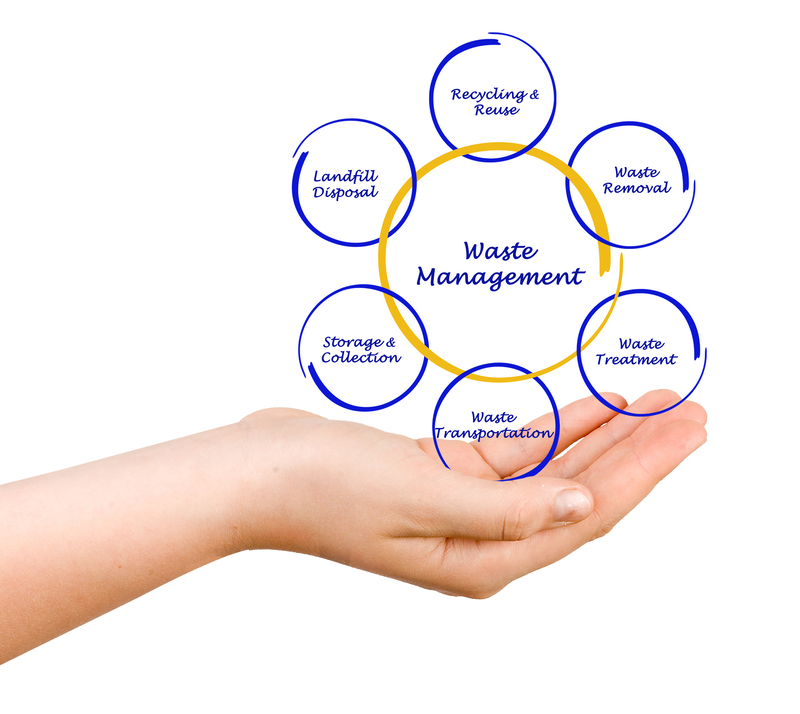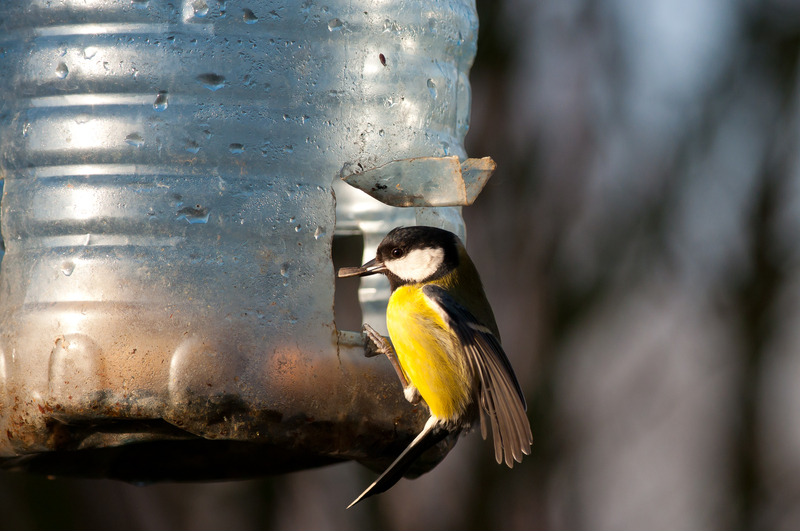The Thames and Its Plastic Pollution
Posted on 17/03/2025
The River Thames, an iconic landmark running through London, has long been a symbol of British culture and history. Unfortunately, the river has also become a repository for plastic pollution, posing significant environmental challenges. This article explores the critical issue of plastic pollution in the Thames, its impacts, and potential solutions.
The State of Plastic Pollution in the Thames
In recent years, the Thames has been facing an increasing plastic pollution problem. A study conducted by the Natural History Museum identified that the river contains a high concentration of plastic particles, including microplastics that are less than 5mm in size. A significant percentage of this plastic originates from single-use items such as bottles, bags, and packaging materials carelessly discarded by individuals or improperly managed waste.

The Impact of Plastic Pollution on Wildlife
Plastic pollution in the Thames has profound implications for its wildlife. Birds, fish, and other aquatic organisms often mistake plastic debris for food, leading to ingestion and, subsequently, serious health issues or death. For instance, birds such as swans and ducks ingest plastic particles, mistaking them for food, which can lead to malnutrition or internal injuries. Fish and other aquatic animals suffer similar fates, disrupting the ecological balance of the river.
Human Health Concerns
While the environmental consequences are severe, the problem extends to human health as well. Plastic contamination in the river has been found to affect local water quality. Microplastics, being so small, can infiltrate drinking water systems. Consuming water contaminated with microplastics could pose long-term health risks, including exposure to harmful chemicals that may leach from the plastic.
Current Initiatives and Solutions
Various initiatives aim to address plastic pollution in the Thames. Clean-up drives organized by community groups and environmental organizations are a common sight along the riverbanks. Government agencies are collaborating with NGOs to implement stricter waste management policies and promote recycling. Technological solutions are also being explored, such as the use of floating barriers to capture plastic waste before it spreads further downstream.
What You Can Do to Help
Reducing plastic pollution in the Thames is a collective responsibility. Here are some actionable tips:
1. Reduce Single-Use Plastics: Opt for reusable items like bottles, bags, and straws to minimize plastic waste.
2. Participate in Clean-Up Drives: Join local community efforts to clean up the Thames.
3. Practice Proper Disposal: Ensure that your plastic waste is recycled correctly.
4. Support Environmental Policies: Advocate for stronger regulations and policies to combat plastic pollution.
5. Educate Others: Spread awareness about the impact of plastic pollution and encourage others to take action.
Pros and Cons of Plastic Use
Pros
1. Durability: Plastics are long-lasting and can be used in various applications.
2. Cost-Effectiveness: Plastic is often cheaper to produce and distribute than other materials.
3. Versatility: Plastic can be molded into various shapes and sizes to suit different needs.
Cons
1. Environmental Impact: Plastics contribute significantly to pollution and wildlife harm.
2. Health Risks: Chemicals in plastics can leach into food and water, posing health risks.
3. Non-Biodegradable: Most plastics don't decompose, leading to long-term environmental issues.

Takeaways
1. Plastic pollution is a pressing issue for the Thames, impacting both wildlife and human health.
2. Community action, government initiatives, and individual responsibility are crucial in combating this issue.
3. Reducing single-use plastics and advocating for stronger policies can make a significant difference.
Conclusion
The River Thames, with its rich history and ecological significance, deserves protection from the growing menace of plastic pollution. While challenges persist, collective efforts from communities, organizations, and individuals can pave the way for a cleaner, healthier river. Immediate action in reducing plastic waste and promoting sustainable habits will help preserve the Thames for future generations, ensuring it remains a vibrant, life-sustaining river.
By taking proactive measures, we can ensure that the Thames continues to be a symbol of natural beauty and cultural heritage, free from the detrimental effects of plastic pollution.





